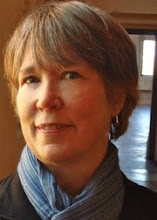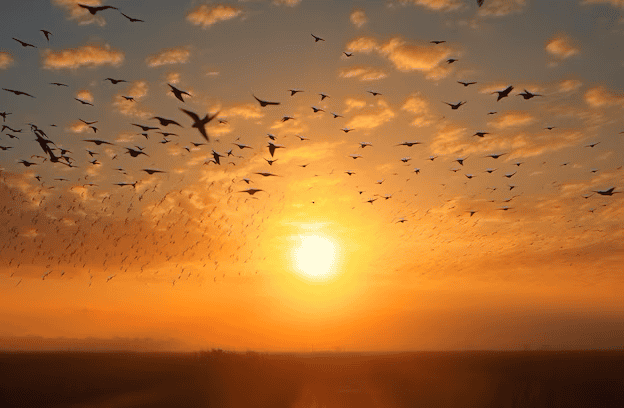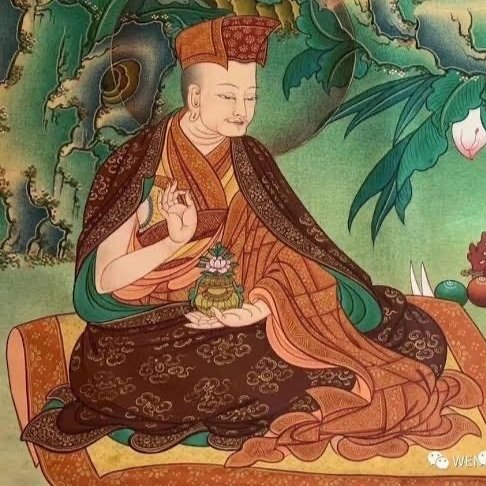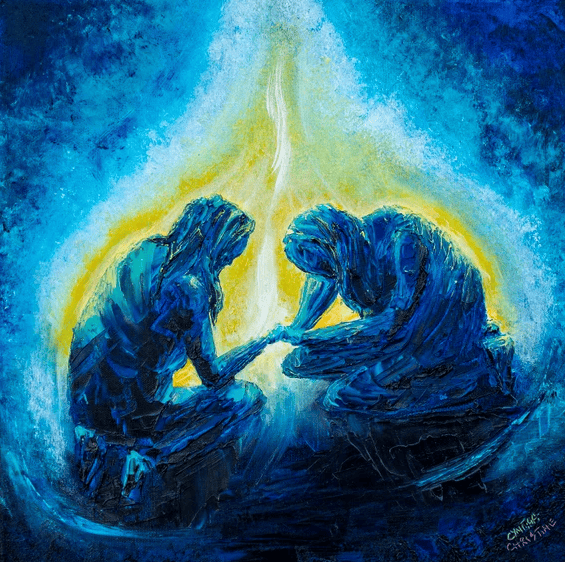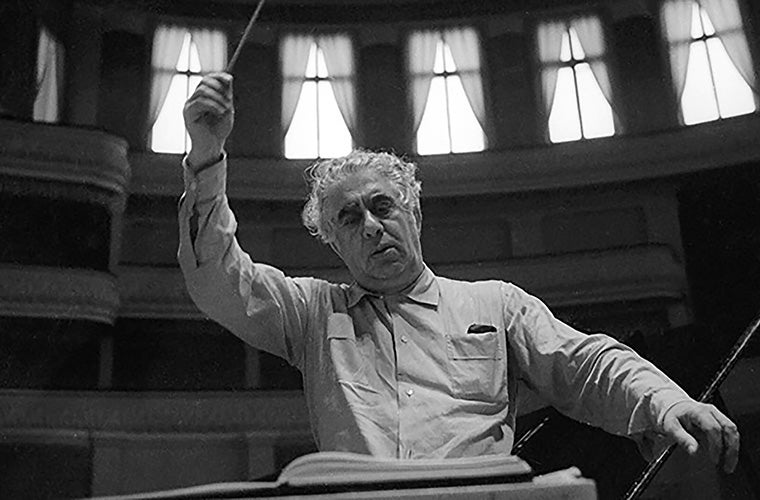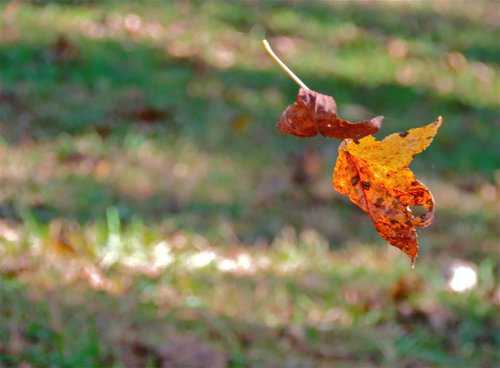Graceful Presence
After reading Meridith’s gracious comments on my blog, I ‘discovered’ hers …. Today, with my friend’s words in my heart, I felt very calm, and centered. My interactions seem to bloom from a spiritual center today – full of warm and radiant light. I opened my heart with each person I came into contact with. […]

